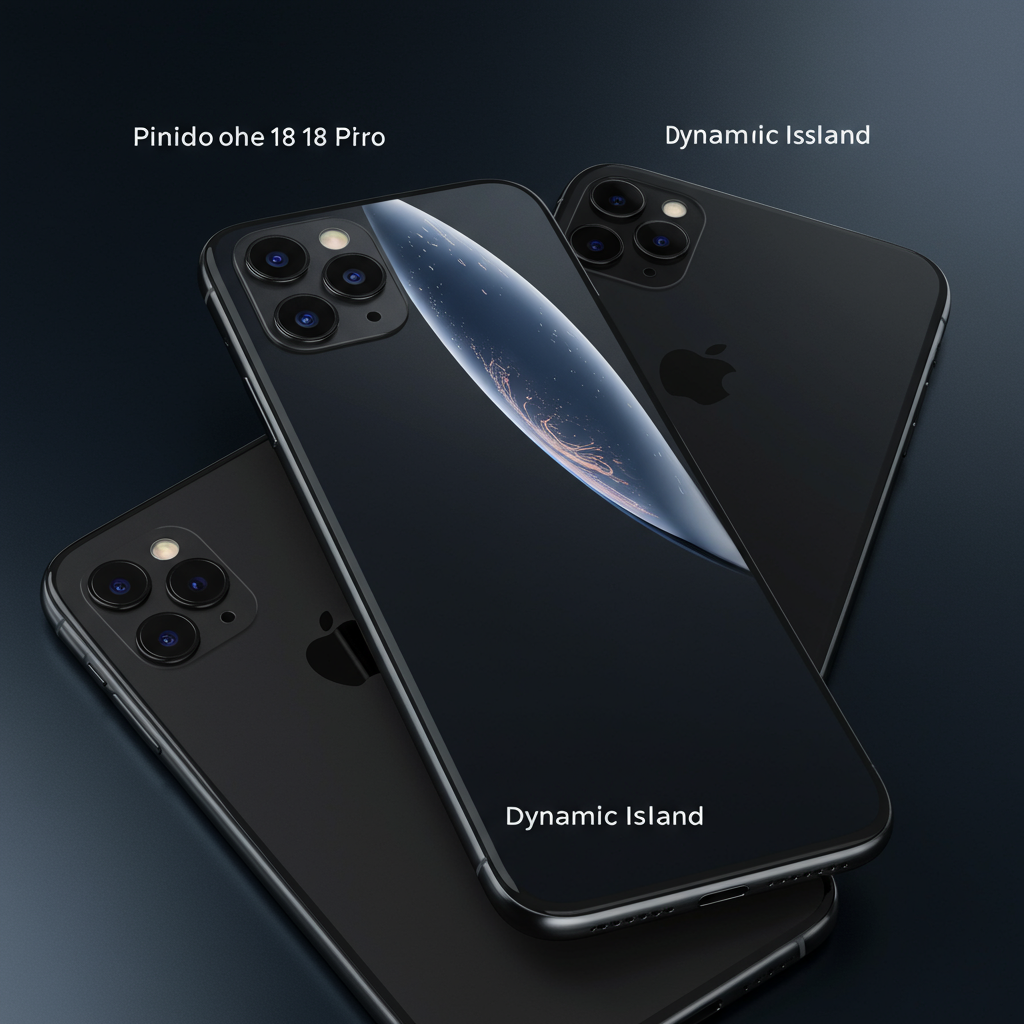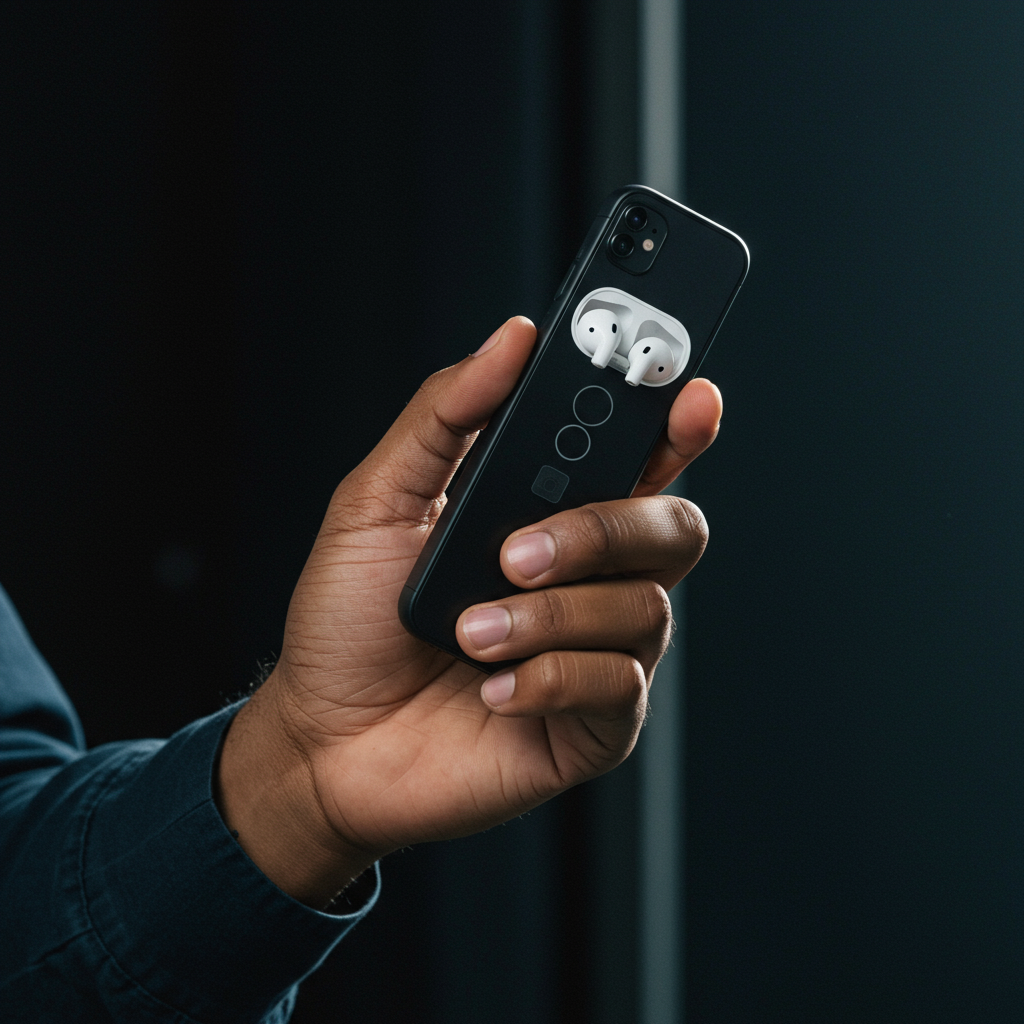The display is arguably the most crucial part of your iPhone – it’s where you spend all your time interacting with the device. Naturally, speculation about the screen design of upcoming models, particularly the high-end Pro variants, always generates significant interest. As we look ahead to the iPhone 18 Pro, expected in 2026, leaked information and analyst reports are already painting conflicting pictures of what its display might look like, centering around the future of the controversial yet functional Dynamic Island.
Before diving into the 2026 rumors, it’s worth noting the expected trajectory for the iPhone 17 series in 2025. According to reports, the iPhone 17 lineup is still anticipated to feature a pill-shaped Dynamic Island across all models. Analyst Ross Young previously indicated that the significant step of moving Face ID sensors entirely under the display – a key requirement for shrinking or eliminating the notch/island – has been pushed back to the iPhone 18 models. This sets the stage for the major design debate surrounding the 2026 Pro models.
Currently, two primary, competing rumors from generally reliable sources dominate the discussion about the iPhone 18 Pro display:
Scenario 1: The Minimal Pinhole Future
One perspective, highlighted by reports from The Information’s Wayne Ma, suggests a dramatic simplification. Ma indicated that the iPhone 18 Pro and iPhone 18 Pro Max would feature “only a small hole cutout in the top-left corner to accommodate the front-facing camera.”
This implies that Apple would manage to move the complex Face ID sensor array entirely under the display on these 2026 Pro models, leaving only the conventional front camera requiring a visible cutout. Crucially, this design could mean the physical Dynamic Island, the pill-shaped area introduced with the iPhone 14 Pro that dynamically displays alerts and Live Activities, might disappear entirely. Unless Apple somehow maintains a software-only version of the pill interface around this single hole (a possibility noted but seen as potentially awkward), this would represent a significant shift.
Developer Filip Vabroušek has created concept renders visualizing this scenario, showing an iPhone display dominated by screen real estate with just a small, discrete circular cutout near the top left edge – a departure from the centered Dynamic Island.
Scenario 2: The Shrunken Dynamic Island
Offering a different view, prominent display analyst Ross Young of Counterpoint Research maintains that the iPhone 18 Pro will still require some visible components for Face ID. Therefore, he predicts the models will retain a Dynamic Island, albeit a “smaller” version compared to the one found on models from the iPhone 14 Pro through the expected iPhone 16 series.
This perspective is supported by Bloomberg’s Mark Gurman, another respected source, who has also reported that Apple plans to reduce the size of the Dynamic Island on at least some future iPhone models.
If this turns out to be the case, the Dynamic Island would likely function similarly to its current implementation, wrapping around the reduced pill shape. Concept renders based on Young’s information depict a more compact pill cutout than we see today, but still clearly a Dynamic Island rather than a simple hole-punch. The need for a visible cutout here stems from the Face ID hardware still needing a window through the display layers.
Why These Differences Matter
These aren’t just minor cosmetic tweaks; the fate and size of the Dynamic Island have significant implications for the user interface and how apps are designed. The current Dynamic Island serves as a fixed visual anchor for interactive software elements. If it were to disappear in favor of a small hole, the Dynamic Island feature (Live Activities, alerts) would likely need to exist as an overlay on the screen. Some analysts express concern that without a dedicated physical space, an overlay Dynamic Island could potentially obstruct content, such as address bars in browsers or elements within apps, unless developers implement large areas of “dead space” to accommodate it – a scenario that could clutter interfaces.
Looking Further Ahead: The All-Screen Dream
Beyond the iPhone 18 Pro, the ultimate goal for Apple appears to be a truly all-screen iPhone without any visible cutouts whatsoever. This requires not only moving Face ID under the display but also integrating the front-facing camera underneath the screen.
While earlier hopes, including reports from Gurman, suggested this seamless design could arrive as early as the 20th-anniversary iPhone around 2027, Ross Young’s recent analysis pushes that timeline back significantly. Young now predicts the first iPhone with both under-display Face ID and a hidden front camera won’t arrive until closer to 2030. This suggests Apple is taking a phased approach, potentially addressing Face ID visibility first in the 18 or 19 series, before tackling the camera years later.
Adding another layer to Apple’s future display plans, reports also suggest a potential foldable iPhone could debut as early as 2026, possibly within the iPhone 18 timeframe. This separate project indicates Apple is heavily invested in next-generation display technology across different form factors, including exploring under-display features for its foldable device.
Ultimately, the precise look of the iPhone 18 Pro display remains a topic of hot debate among leakers and analysts, highlighted by these two competing visions. Whether we see a minimal pinhole camera or a shrunken Dynamic Island, significant changes appear to be on the horizon for the face of the iPhone. We’ll have to wait as more rumors emerge closer to its expected 2026 launch to see which prediction proves accurate.



